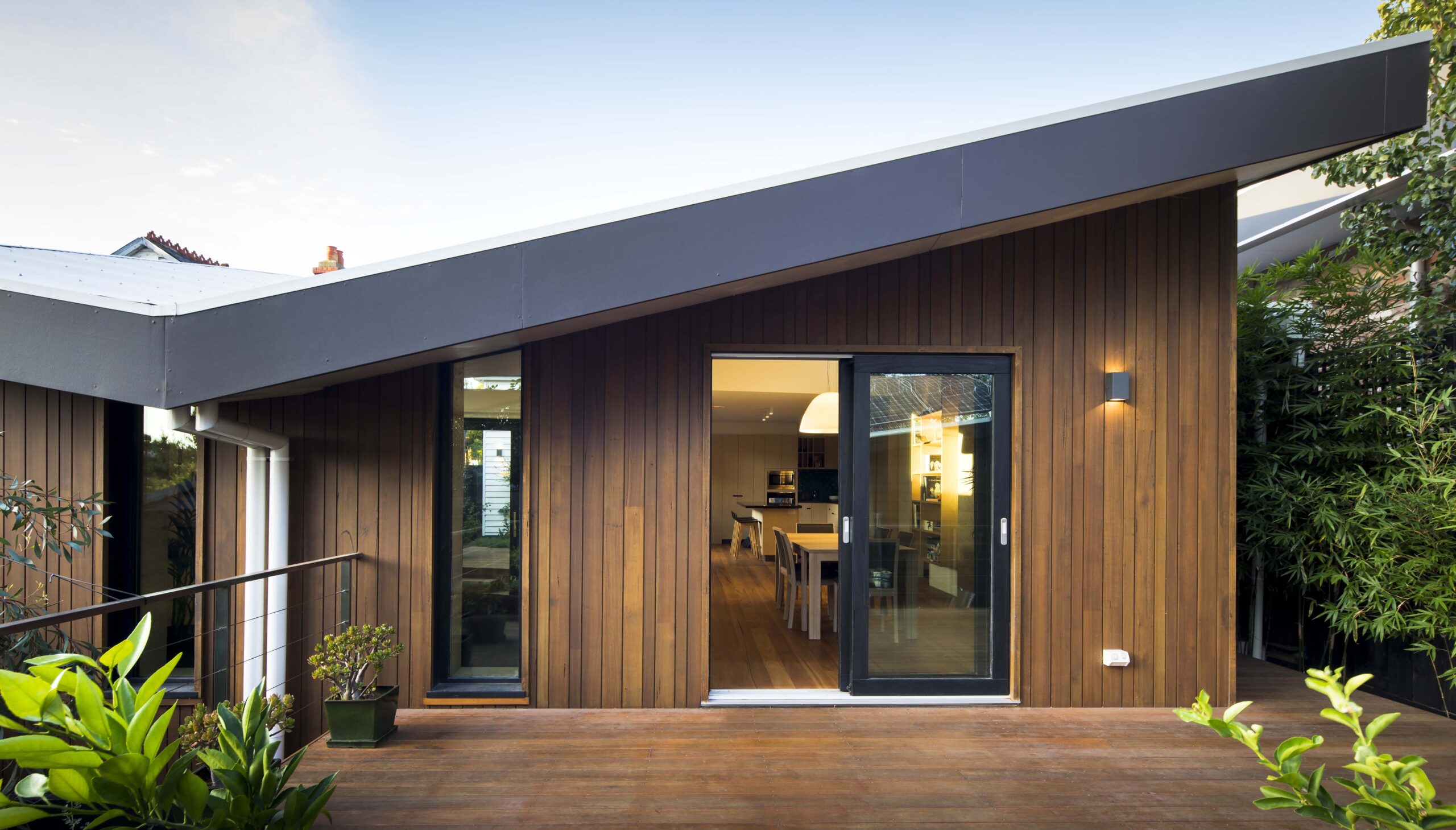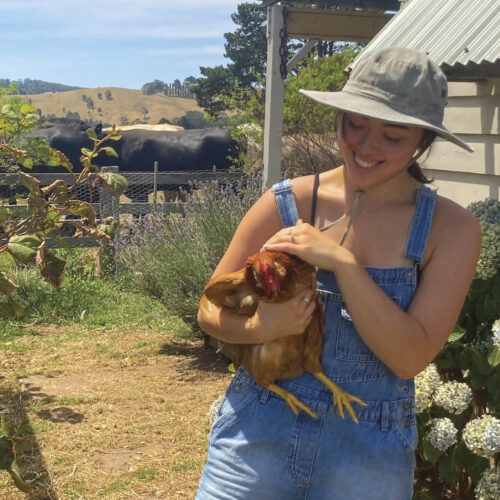Make your home an eco-friendly haven
2019-06-18T06:28:19+10:00
Renovations large and small can make your home a more eco-efficient, healthier and happier place.
Luke Middleton, director of Melbourne firm EME Design, knows what a challenge it can be to eco-renovate an existing dwelling, having converted a heritage house in inner-city Armadale into an eco-home built with high passive house standards.
The result (a project called the Passive Butterfly, which is open to view on Sustainable House Day on September 15) is a multiple award winner, with accolades including ‘Best of the Best’ in the 2018 Sustainability Awards.
The design follows Passivhaus, a German standard based on passive solar design but with an emphasis on creating an airtight space, ventilated with what’s called a mechanical heat recovery ventilation unit. This low-energy device allows outside air in but heats or cools it en route, producing comfortable temperatures with no drafts. It also has a bypass option if outside temperatures are ideal.
Luke says you’ve always got good-quality air, especially in winter: “It’s like having the window open without losing the heat.”
Other features in the renovation include high levels of insulation, low VOC paint, external blinds on doors and windows where necessary, a hot-water heat pump and two underground rainwater tanks and greywater supplied to the garden.
A 5kW solar photovoltaic system produces 160 per cent of the home’s electricity needs, allowing the owners to charge their electric car at home and still have power left over to feed into the grid.
Permaculture thinking
Not everyone has the money to hire an architect to help design their new home or to do a full renovation. If you’re planning your own eco-makeover on a budget, Luke says it pays to take a permaculture approach.
“It starts with observation,” he says. “Make sure you know where the sun rises and sets, look at the orientation of the building and factors such as neighbours. Where are the windows getting too much sun in summer and where are you not getting enough sun in winter?
“You can then work out how to add more windows, or shade the ones you’ve got – you might adopt a landscape solution such as planting a deciduous trees to the west to shade out afternoon summer sun.”
Uta Green, director of Tasmanian architecture firm Green Design, says it is not difficult to install overhangs and cross-ventilation to improve liveability.
“Cross-ventilation just means having windows in more spots than one, ideally on opposite sides of the house.”
If you’re renovating on a budget, Uta recommends starting with ceiling and floor insulation (walls can be tricky to access) to get the most bang for your buck, and replacing windows with double-glazed units.
Luke recommends getting these things right before you start investing in technology. A draught-free, insulated home may need a smaller solar photovoltaic system to be carbon neutral than a draughty home with high heating needs.






